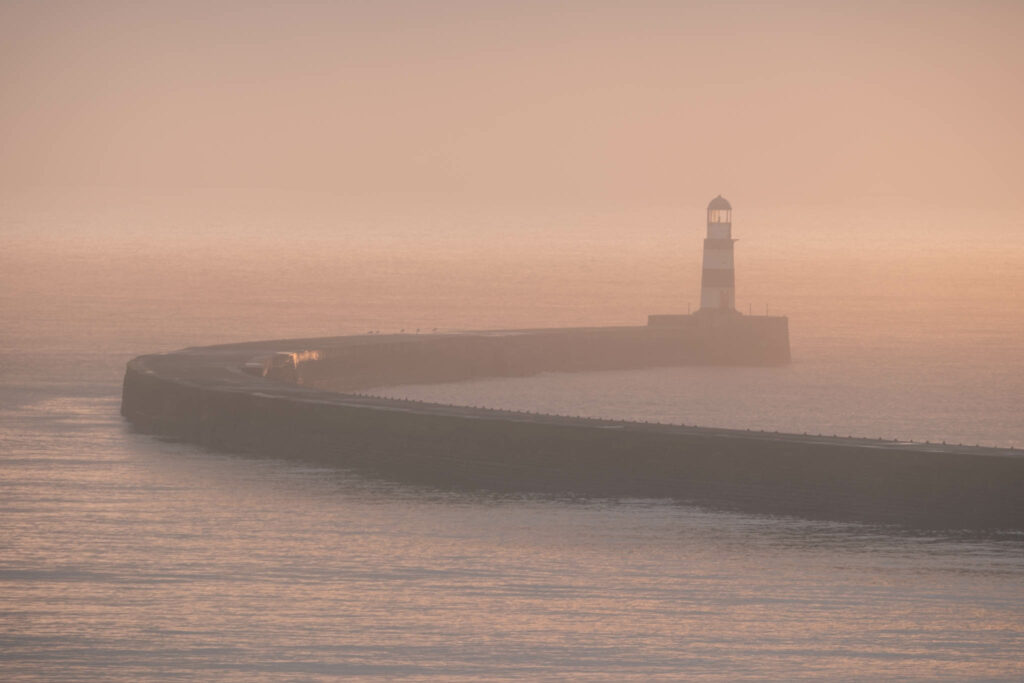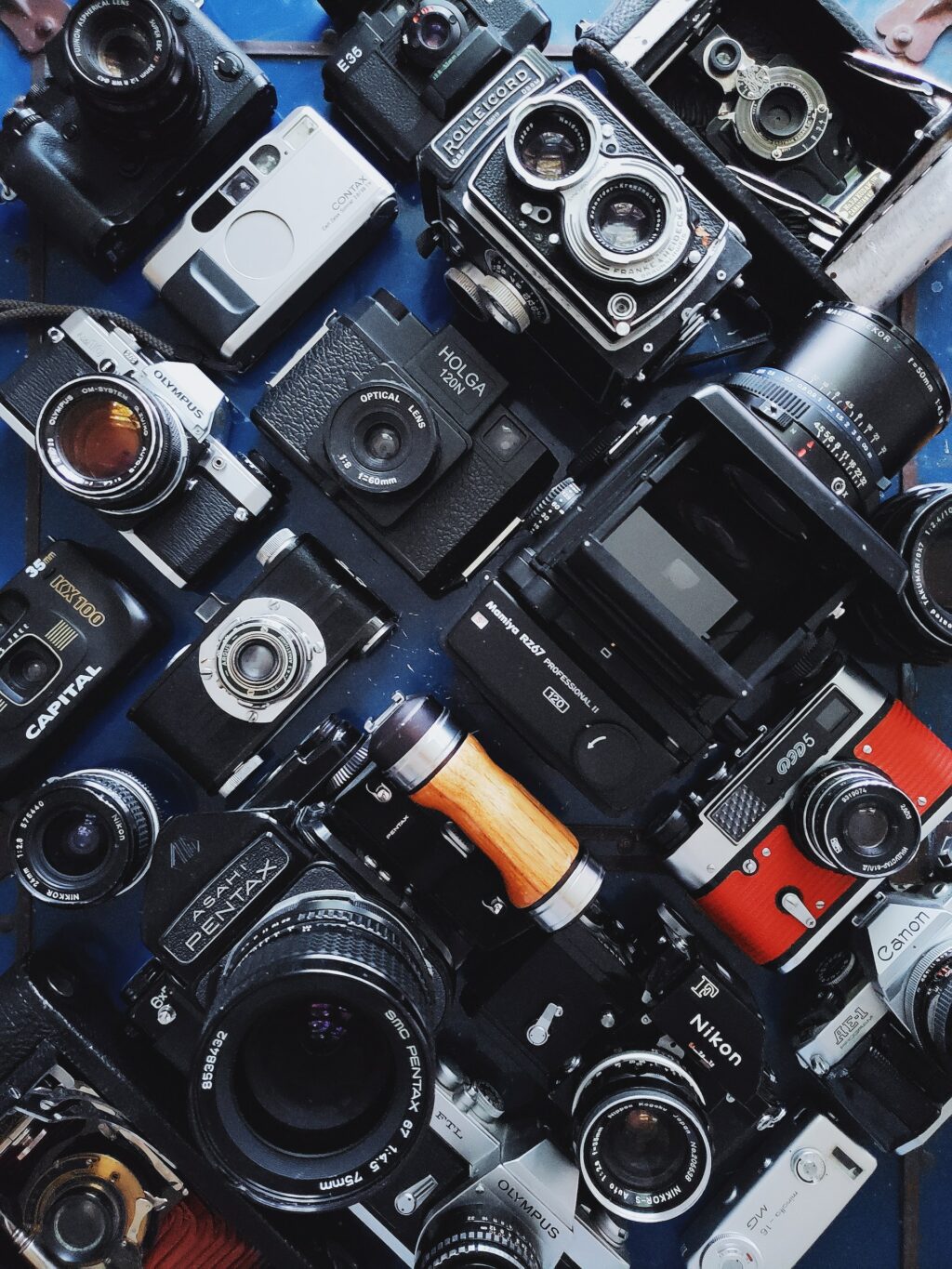Do we photographers need a fast lens? Almost every photography channel talks about why everyone should have a fast lens and there is also a lot of talk about this on other social media channels. There are a ton of reviews, vlogs and blogs on this topic.
But do you?
If you are new to photography, you are probably on a tight budget. Fast lenses can be extremely expensive either new or secondhand. They can also be a good investment. Their image quality is generally top notch and their resale value is high. However, not every type of photographer really needs a fast lens. Today we are going to look at the pros and cons of fast lenses. We really should start by looking at what a fast lens is.
What is a fast lens?
There is no real set definition of a fast lens, but conventional wisdom suggests it is the ability to go as wide as f/2.8 and wider on zoom lenses and f/1.8 and wider on primes. I would also add that on a zoom lens, the aperture should be constant through the zoom range. That is if the lens is f/2.8 at 24mm it should also be f2.8 at 70mm.
A fast lens has a better light-gathering ability than a slower lens, that is it can let more light through to the sensor than a slower one. That sounds great but does come with some downsides. We will look at those later.
One thing is sure, fast lenses are generally considerably more expensive than their slower equivalents. Whilst you will find third-party fast lenses cheaper than OEM, they are still relatively expensive.

The Nikon 12-24mm f/2.8 was a beautiful fast lens but very bulky and expensive. By Jason Row Photography
Why Might I Need A Fast Lens?
The two most obvious reasons are low light and depth of field. Low light has some caveats that we will come to later. If shallow depth of field is an important element in your photography then a fast lens is really the only way to go. Adobe now has AI tools in Lightroom to mimic shallow depth of field, but it has a long way to go before it looks realistic.

Lightroom can mimic shallow DofF. By Jason Row Photography
Depth of field is also going to be determined by your sensor size. If you are on an APS-C or M4/3 sensor, that maximum aperture is going to need to be wider to get a similar effect to a full-frame sensor.
Prime lenses are generally one to two stops faster than similar zooms. This will give you better depth of field at the expense of versatility.

A fast telephoto is great for blurring a distracting background. By Jason Row Photography
Another factor to consider is focal length. A moderate, fast telephoto will have a shallower depth of field compared to a moderate wide, for a given aperture and subject distance. Indeed fast wide lenses are not particularly common as the wider lenses have a deeper depth of field.
If you shoot portraits, weddings, or close-ups, a good, fast lens would be very useful. For a landscape photographer, not so much. But what about low light?

Subject distance is an important consideration. This is 20mm at f/2. By Jason Row Photography
Optical Stabilization And High ISO
There used to be a very good case for fast lenses when shooting in low light and that was to reduce camera shake. These days many cameras have sensor stabilization and often mid-range lenses have optical stabilization. A combination of these two can allow you to reduce your shutter speed by up to six stops without getting camera shake.
Stabilization is built into many lenses nowadays including ones with a fast aperture. However, on a fast lens, the stabilization mechanism can add some considerable weight to an already heavy lens.
If low light without a tripod is your thing, then an f/4 lens with stabilization may be a better and cheaper option. Many major manufacturers now do an f/4 range of lenses as cheaper equivalents to the fast lenses. They generally have as good if not better image quality.
The other side to the low light coin is high ISO. Many cameras these days have outstanding image quality all the way up to ISO6400. This combined with stabilization negates many of the advantages of fast lenses when shooting in low light.
There is one exception, however.

Handheld at ½ second using lens and camera stabilization. By Jason Row Photography
Video Shooters
If there is one area that fast lenses really come into their own it’s in video.
Unlike photography, in video, we are restricted to a minimum shutter speed. For example, if I am shooting video at 25fps, I need to maintain a minimum shutter speed of 1/50th of a second. Clearly in low-light situations, once the maximum aperture has been reached, the only option is to increase the ISO.
High ISO on video generally looks much worse and is less easy to “treat” than in stills photography. For this reason, you will often find that video shooters will have the fastest lenses they can afford. More often than not these will be primes as the extra 1-2 stops can make all the difference.

Video shooters definitely require fast lenses. By Matteo Bernardis on Unsplash
What Are The Pros and Cons Of Fast Lenses?
Let’s take a look at the main advantages of fast lenses first.
- Shallow depth of field compared to slower equivalents
- Better in low light than non-stabilized equivalents
- Generally much higher image quality than kit lenses
- Faster autofocus due to more light reaching the sensor
- More suited to astrophotography
- Lower vignetting
But it's not all good news. Here are some of the disadvantages.
- They are both big and expensive. They can add considerable weight to your bag.
- The larger front element will require larger filters. In some cases specialist filters.
- At the widest aperture, they can be less sharp, especially in the edges
- Can require ND filters at the widest apertures in bright light, when shooting video.
There is no doubt that fast lenses are an attractive proposition. They are also expensive. You need to look through your work and see where a fast lens might have benefited the image. Portrait shooters and wedding specialists will definitely be potential customers. However, take a look on YouTube at well-known landscape photographers and much of the time you will see them using F4 equivalent lenses not the super fast ones.
It’s a subtle balance between cost and requirement and one that you will have to analyze for your own photography needs. Personally speaking I have no fast lenses these days, but am planning to add a very fast prime, mainly for my video work.




